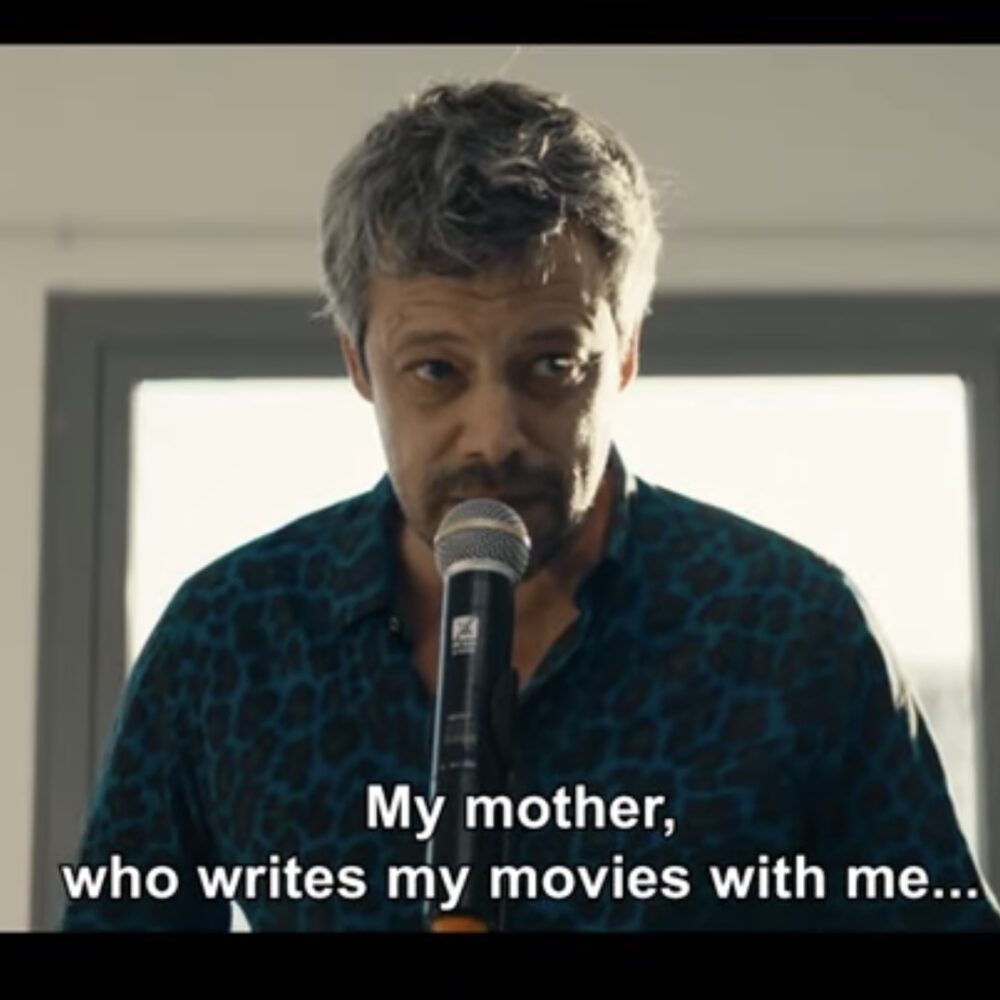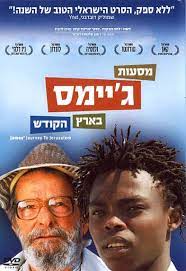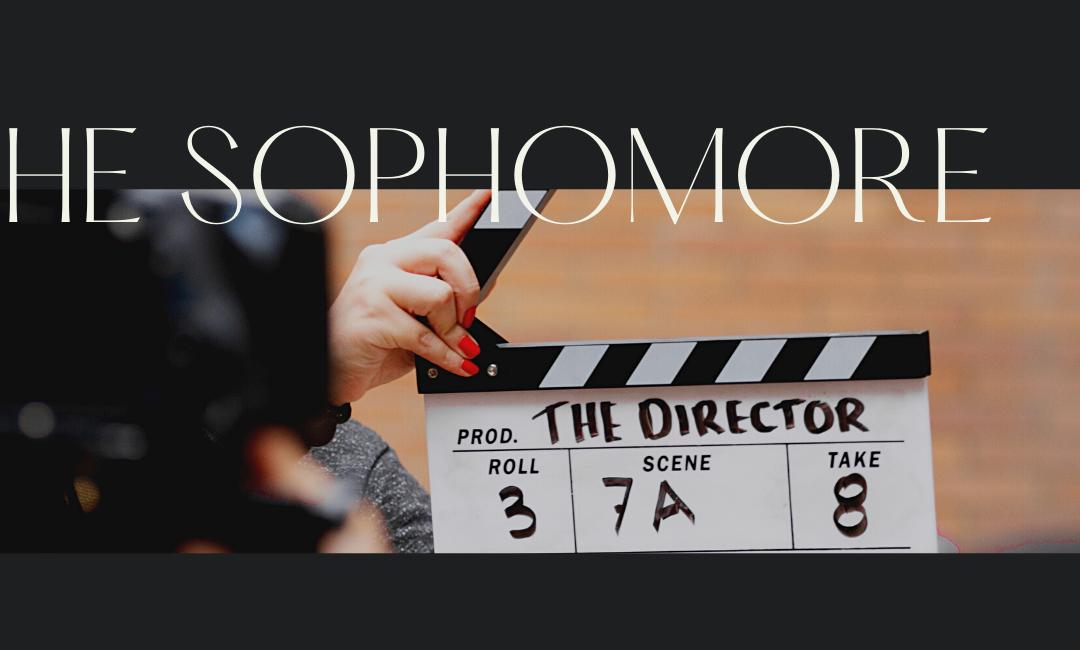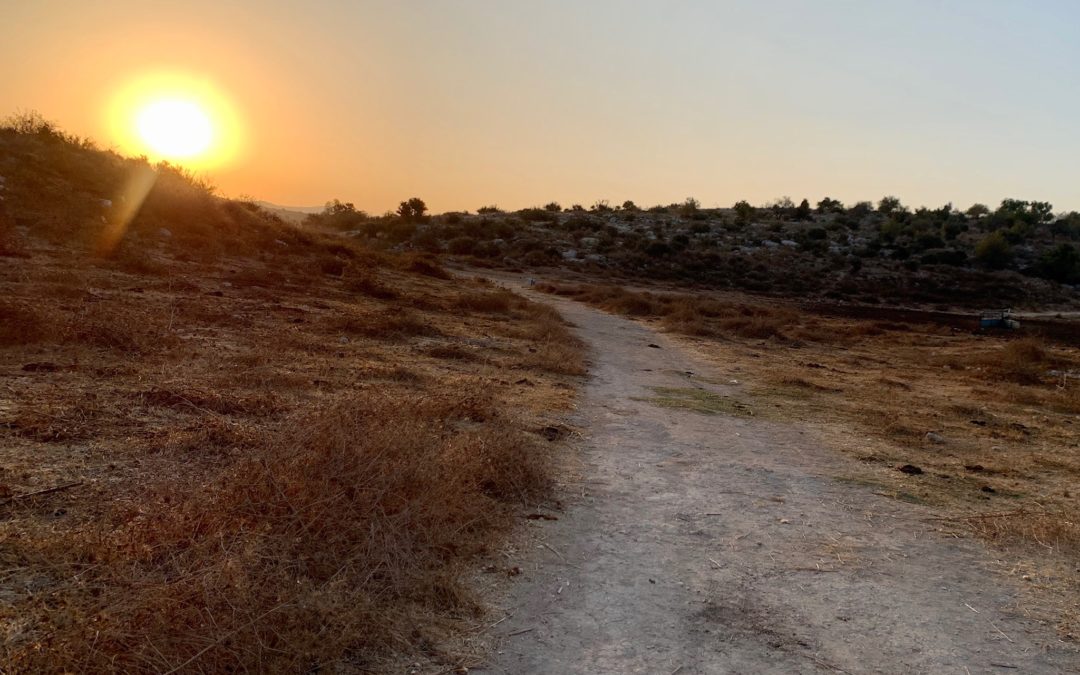Wednesday’s Matinee: Ahed’s Knee.
Year: 2021
Directed by: Nadav Lapid
Written by: Haim Lapid and Nadav Lapid
Starring: Avshalom Pollak, Nur Fibak, Oded Azulay
An Israeli filmmaker throws himself in the midst of two battles doomed to fail: one against the death of freedom, the other against the death of a mother.
IMBD
Damn you, Nadav Lapid – the lump in my throat won’t go away.
My mother – my editor – no longer here. It’s so hard… I, too, am cracking up… watching your movie, Ahed’s Knee, this afternoon – I was mesmerized.
Have you met me? My inner thoughts? My inner monologues.
You’ve truly captured everything I’m feeling… my mom begged me to “follow the rules” do what they said, not get kicked out of film school — well… how to answer your critics that insist your script doesn’t make sense, the character of the mother is not “lo manyen – bchlal.” The character’s English dialogue is irritating and unnecessary.
Oh yes, Nadav, I know the costs of signing on the dotted line.
Passing, a power that be, in the narrow staircase, or while washing my hands in the bathroom.
You didn’t forget our agreement, Yocheved.
No, a weak smile answers.
I know that I’m not allowed to talk in English. Ask questions during class. Or approach a teacher after the bell. I know. I signed in blood to promise to see others, to not assume I was the only one in the room.
Because you know, those powers, they seem to only hear me. Wherever they go, they see me. Hear me. Can’t get away from me. The other.
Sign here.
Only sometimes I forgot.
What happens then.
One can try begging. Crying. Pleading.
Oh yes, Y, presses record.
Yup, yup, that’s what we do, Y.
The anger – the frustration has no bounds.
Without your editor, one is hopeless.
No masks. No costumes. No foley sounds can suppress the truth – your truth.
Hey victim — Lace up your sneakers.
Let Y go.
To my fellow mourners, I highly recommend you immerse yourself in the world of Y, the protagonist of Ahed’s Knee.
Be prepared for Nadav Lapid’s gritty realism.
Watch your inner feelings be projected onto the screen.
Afterward, call me. Message me. Share your thoughts ![]()
Here to listen.
Yours, Y

















